What's up? OLD VERSION
This is a summary of ESA's Science missions currently in operation. Whether they are making interplanetary journeys or they are observatory platforms making scientific measurements, these spacecraft are either going somewhere or doing something.
Ulysses
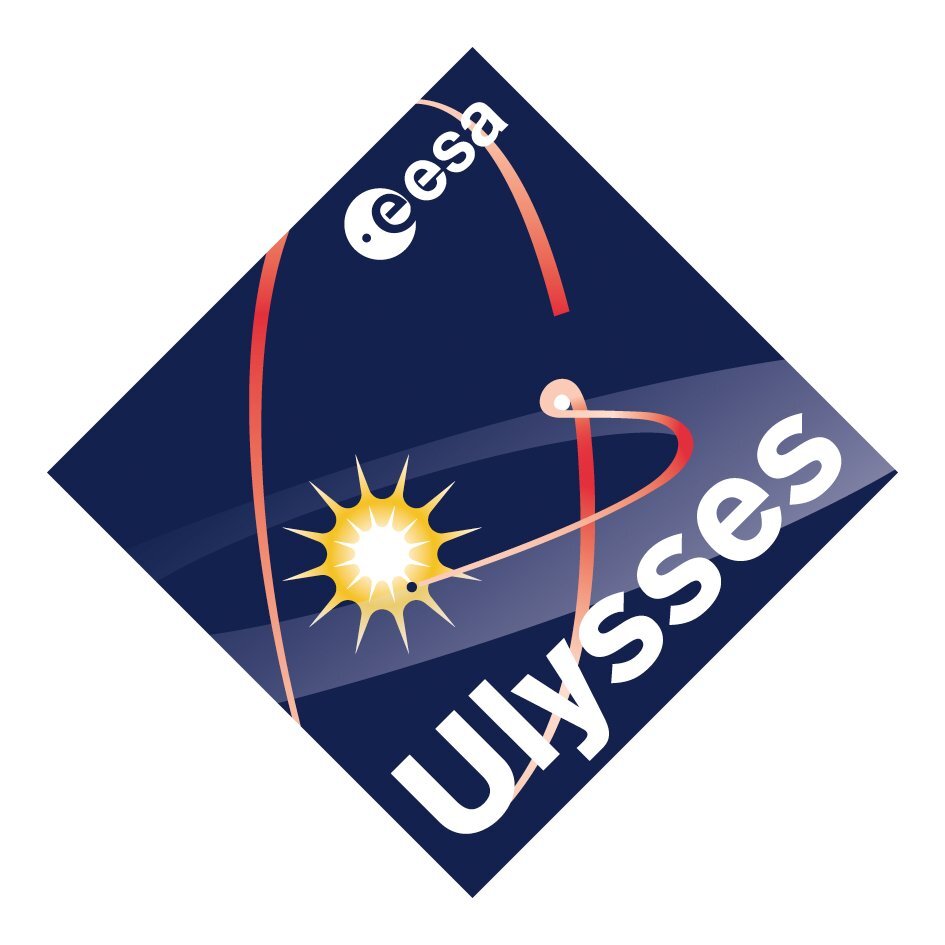
Launched in 1990 by the Space Shuttle, Ulysses is a joint ESA/NASA mission. It has produced the first three-dimensional picture of the Sun's heliosphere. Ulysses passes close to Jupiter for the second time in February 2004, on its journey above and below the plane of the Solar System.
Hubble Space Telescope
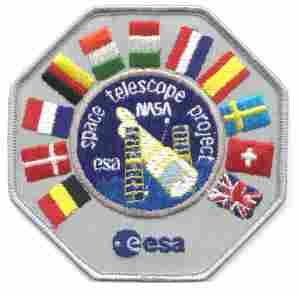
Launched in 1990 by the Space Shuttle, the joint NASA/ESA Hubble Space Telescope continues to perform very well with its new and refurbished instruments. In 2003, European astronomers used Hubble to observe for the first time the atmosphere of an extrasolar planet evaporating into space.
SOHO

Launched in 1995, the joint ESA/NASA SOHO studies the Sun's interior, its visible surface and stormy atmosphere, and where the solar wind blows in distant regions of our Solar System. SOHO was meant to operate until 1998, but it was so successful that ESA and NASA decided to prolong its life until 2007.
Huygens
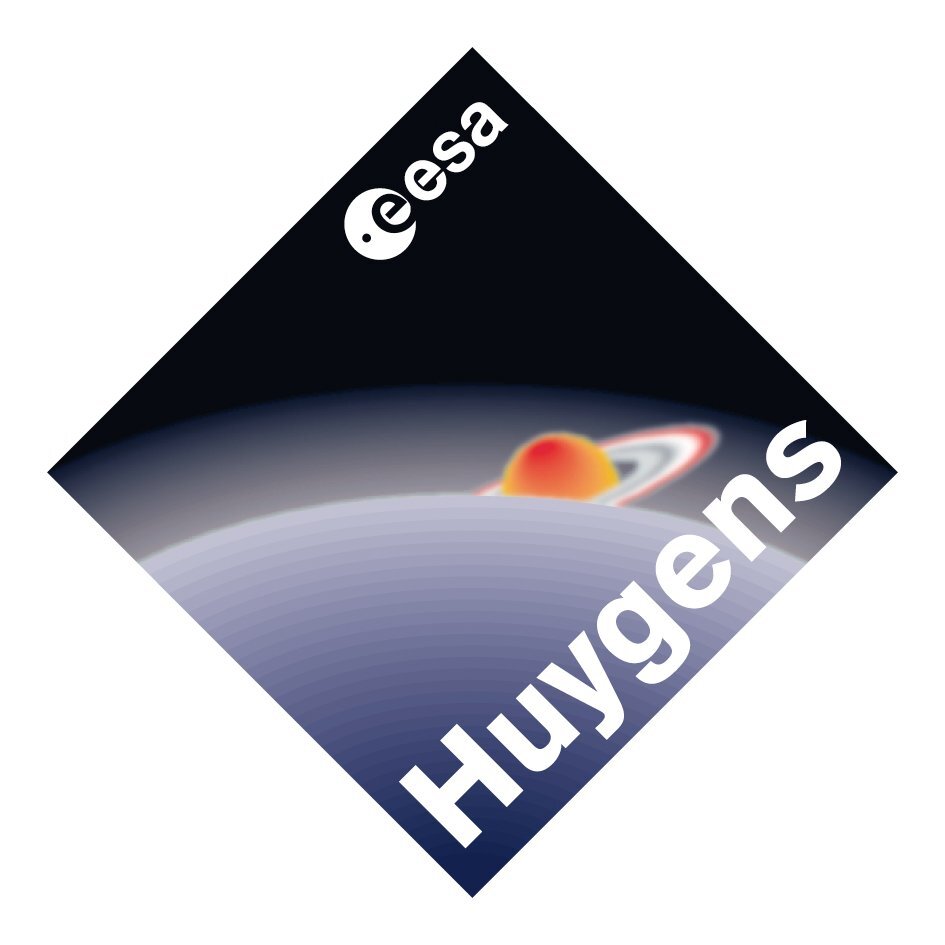
Huygens will be the first probe to land on a world in the outer Solar System - Titan, Saturn’s largest moon. The Huygens data may offer clues about how life began on Earth. Huygens is currently in space, hitching a ride on NASA’s Cassini spacecraft, due to arrive at Titan in 2005.
XMM-Newton

Launched in 1999, XMM-Newton is detecting more X-ray sources than any previous satellite and is helping to solve many mysteries of the Universe, from what happens around black holes to the formation of galaxies in the early Universe. It is designed and built to return data for at least a decade.
Cluster
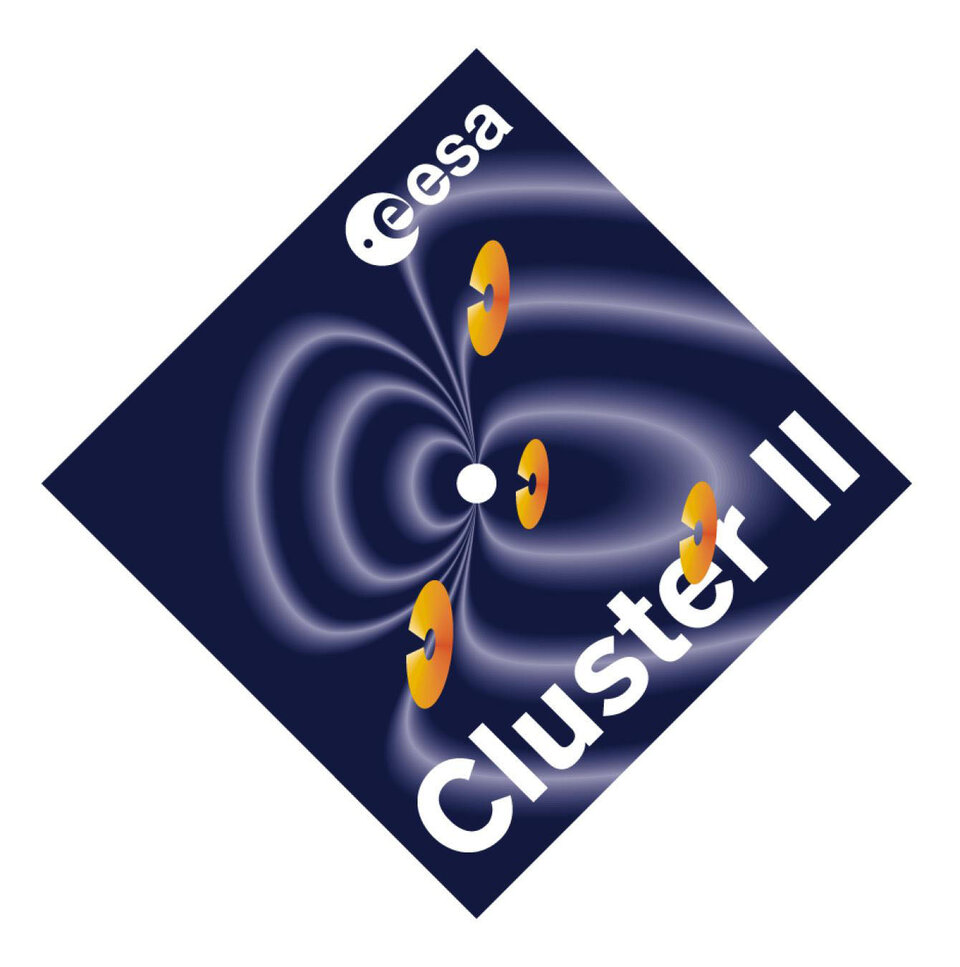
Cluster is a collection of four spacecraft flying in formation 5000 km apart around Earth. They relay the most detailed ever information about how the solar wind affects our planet in three dimensions. Launched in 2000, the spacecraft are due to operate until December 2005.
Integral
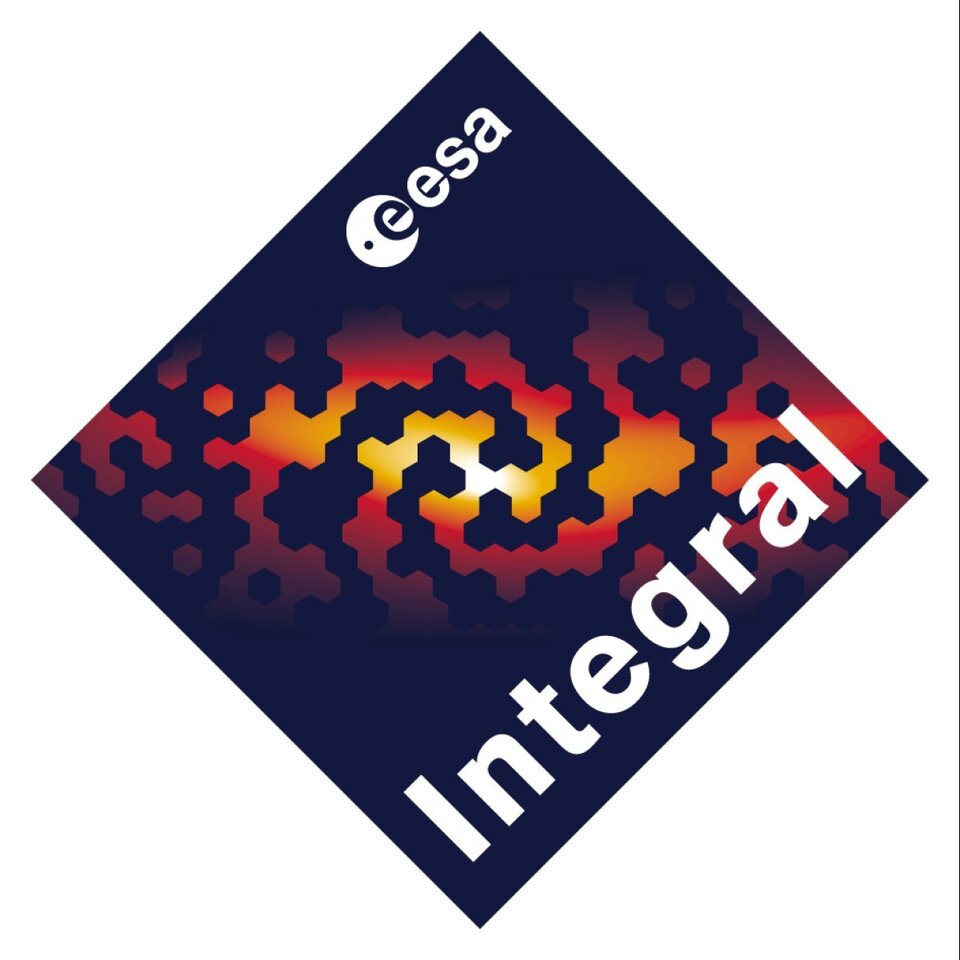
Launched in 2002, Integral is the first space observatory that can observe objects in gamma rays, X-rays and visible light. It studies the violent explosions known as gamma-ray bursts, supernovae and black holes. It detected five gamma-ray bursts in its field of view over a five-month period.
Mars Express

Launched in June 2003, Mars Express is Europe’s first spacecraft to the Red Planet, and is currently halfway to its destination. It carries seven instruments and a lander. The orbiter will study the Martian atmosphere, surface and subsurface. The Beagle 2 lander will search for signs of past life.
SMART-1
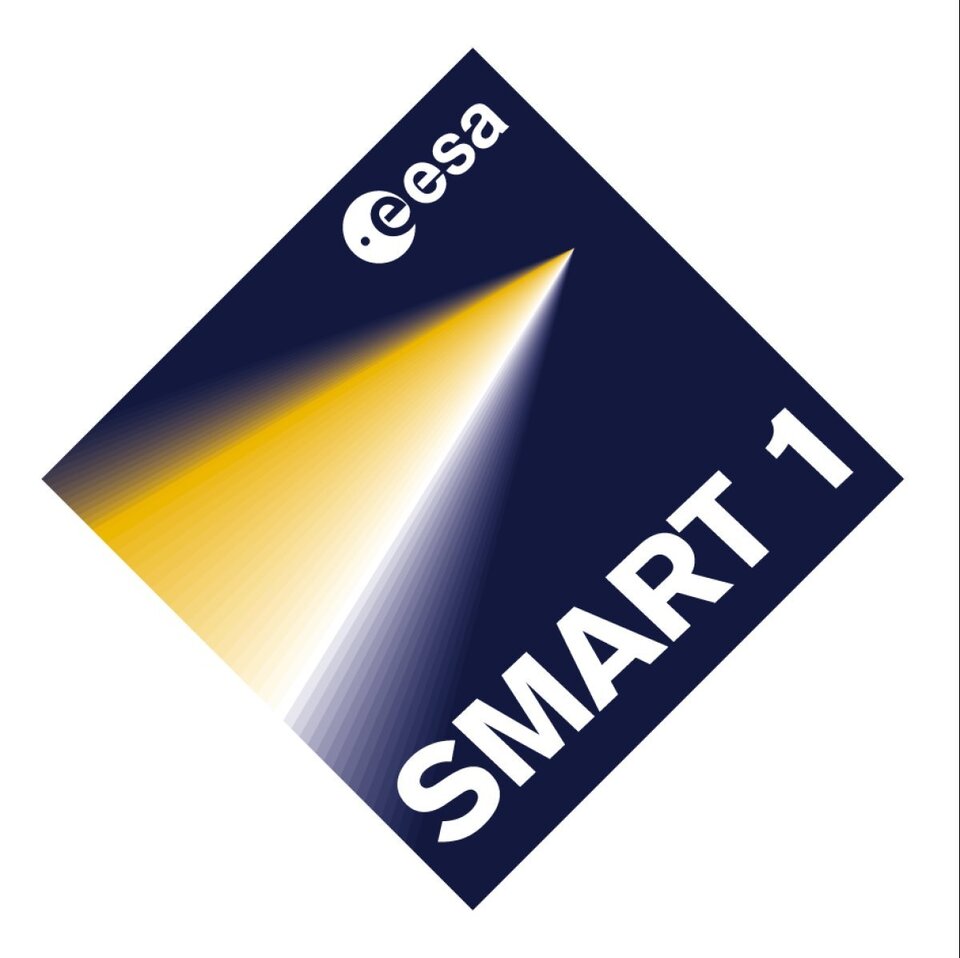
Launched in September 2003, SMART-1 is the first of ESA's 'Small Missions for Advanced Research in Technology'. It is heading for the Moon using a revolutionary 'ion engine' and carrying miniaturised instruments for studying the lunar surface. The journey will continue for the next sixteen months.



